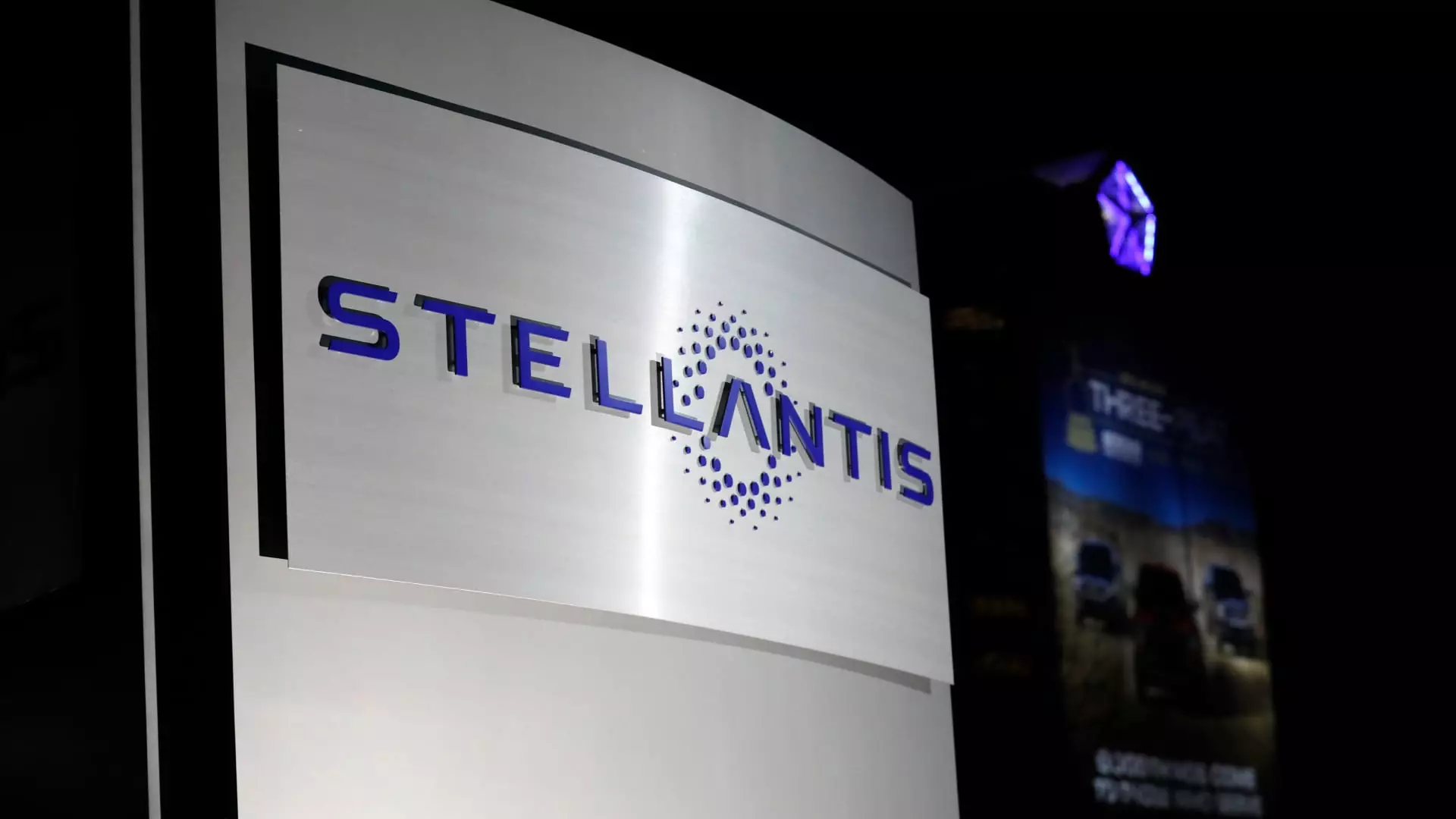Stellantis, the automaker formed through the merger of Fiat Chrysler and PSA Groupe, is facing challenging market conditions that have led to the decision to lay off approximately 400 salaried employees in the U.S. The layoffs will affect employees in the engineering, technology, and software units, representing about 2% of the total workforce in those units. This move comes as the company continues to navigate through unprecedented uncertainties and increased competitive pressures in the auto industry.
The layoffs are part of Stellantis’ efforts to improve efficiency and optimize its cost structure in response to the current market dynamics. The company stated that these organizational changes were made after rigorous reviews to better align resources and preserve critical skills necessary to maintain a competitive edge. While the exact number of employees affected was not disclosed, sources familiar with the matter confirmed the layoff of around 400 workers.
CEO Carlos Tavares has been actively involved in implementing cost-cutting measures through layoffs, buyouts, and other methods since the merger of Fiat Chrysler and PSA Groupe in 2021. These actions are aimed at achieving Stellantis’ strategic plan, “Dare Forward 2030,” which includes targets to increase profits and double revenue by 2030. The layoffs are seen as a strategic move to realign resources and focus on implementing the company’s EV product offensive.
The layoffs took place during a mandatory remote work day for U.S. salaried, nonunion employees in the affected units. While the news of layoffs is undoubtedly challenging for those impacted, the company emphasized the importance of these actions in ensuring the long-term success and competitiveness of Stellantis. By streamlining operations and reducing costs, the company aims to position itself for growth and sustainability in a rapidly evolving industry landscape.
The layoffs at Stellantis in the U.S. reflect the company’s ongoing efforts to adapt to changing market conditions and optimize its operations. While the immediate impact may be difficult for those affected, the strategic decisions being made are aimed at strengthening the company’s position for the future. As Stellantis continues to navigate through uncertainties in the automotive industry, these actions are necessary to drive innovation, increase efficiency, and achieve long-term success.

